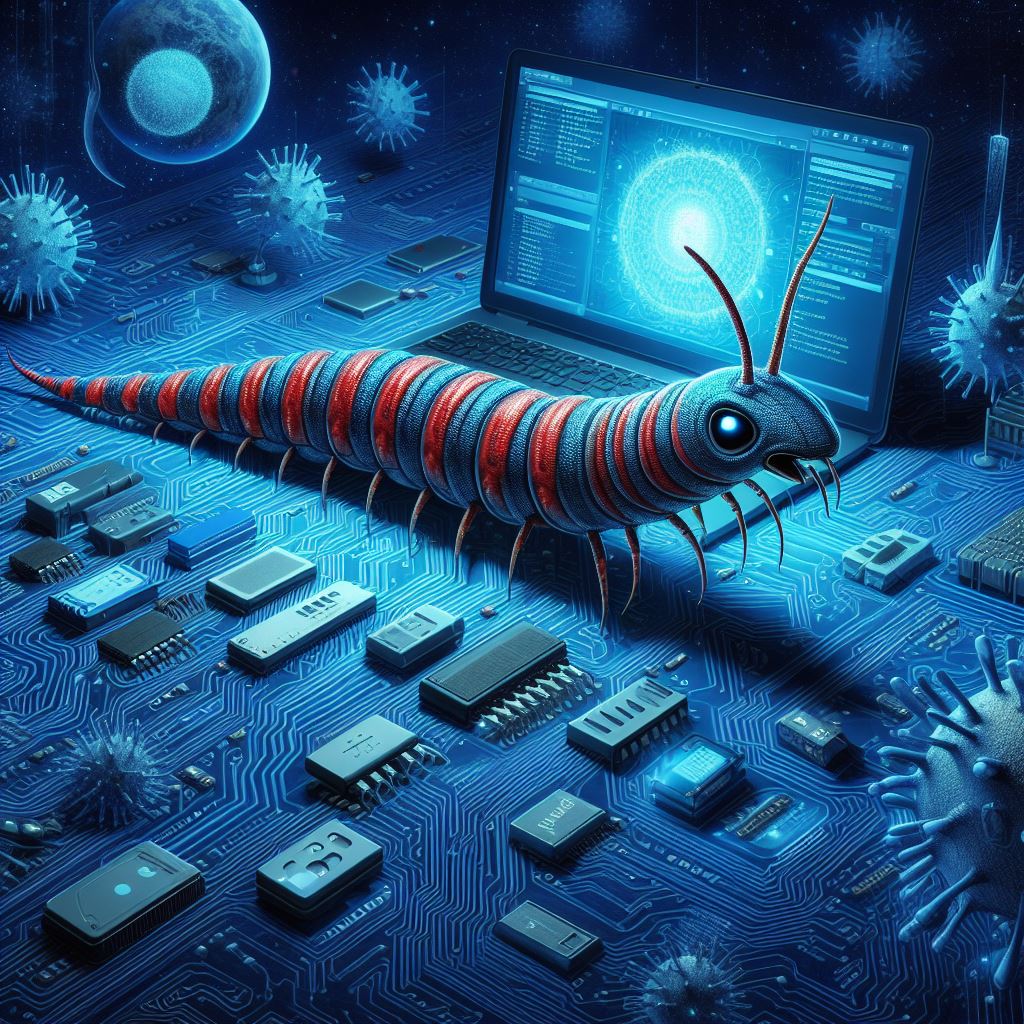In a significant leap forward in cybersecurity threats, researchers have introduced the world to the GenAI Worm, a pioneering creation with capabilities to steal data, propagate malware, and spread via email. Coined ‘Morris II’ after its notorious predecessor from the 1980s, this self-replicating worm marks a crucial milestone in the intersection of artificial intelligence and cybersecurity.
Ben Nassi from Cornell Tech, Stav Cohen from the Israel Institute of Technology, and Ron Bitton from Intuit stand at the forefront of this groundbreaking development, raising critical questions about the evolving landscape of cyber threats and the imperative for proactive defense mechanisms against them.
GenAI Worm – Research and implications
In their collaborative effort, Ben Nassi, Stav Cohen, and Ron Bitton have unleashed Morris II into the digital domain, targeting artificial intelligence applications and AI-enabled email assistants. Their research, documented in a comprehensive paper and accompanying video presentation, unveils the modus operandi of this sophisticated worm. By embedding adversarial data into malicious emails, Morris II exploits vulnerabilities in victim systems, facilitating the propagation of malicious messages and the extraction of sensitive data.
The crux of this emergent challenge lies in the growing functionality and consequent value of GenAI and LLM systems. As these systems delve deeper into the digital ecosystem, they require increased access and permissions to execute tasks efficiently. While this grants them immense potential for beneficial applications, it also renders them susceptible to manipulation by malicious entities. The GenAI Worm epitomizes this dual nature, embodying both the promise and peril of advancing technologies.
Mitigating cybersecurity risks
As the GenAI Worm heralds a new era of cybersecurity threats, it compels stakeholders across industries to reassess their defense strategies. While disruptive technologies like artificial intelligence offer unparalleled opportunities for innovation, they also introduce unprecedented risks. The emergence of Morris II underscores the urgent need for proactive measures to safeguard digital infrastructures against evolving threats.
In light of this development, organizations must prioritize cybersecurity education and invest in robust defense mechanisms. Enhanced collaboration between academia, industry, and policymakers is essential to anticipate and counteract emerging threats effectively. Also, stringent regulatory frameworks must be implemented to govern the ethical development and deployment of AI technologies, mitigating the potential for malicious exploitation.
Navigating the cybersecurity frontier in the age of AI
The advent of the GenAI Worm poses a formidable challenge to the cybersecurity landscape, signaling a paradigm shift in the nature of digital threats. As researchers push the boundaries of AI innovation, it becomes imperative for society to embrace a proactive approach to cybersecurity. How can stakeholders collaborate to develop preemptive strategies that anticipate and mitigate the risks posed by evolving AI technologies?
The GenAI Worm serves as a stark reminder of the dual-edged sword that is technological advancement, underscoring the critical need for responsible innovation and vigilant cybersecurity practices. Only through concerted efforts to address these challenges can we harness the transformative potential of artificial intelligence while safeguarding against its darker implications.





